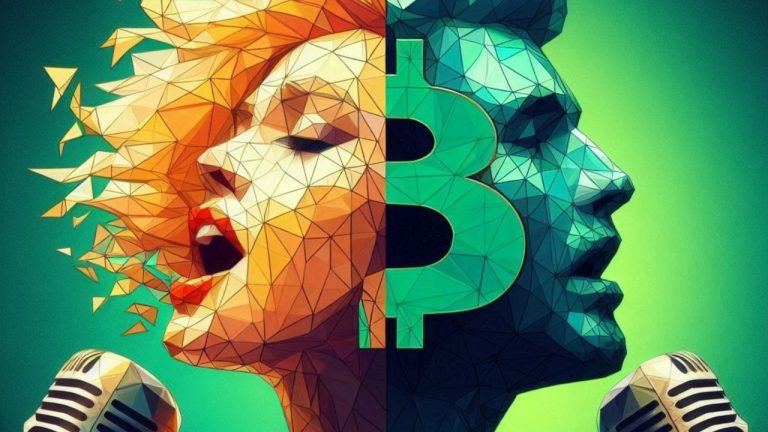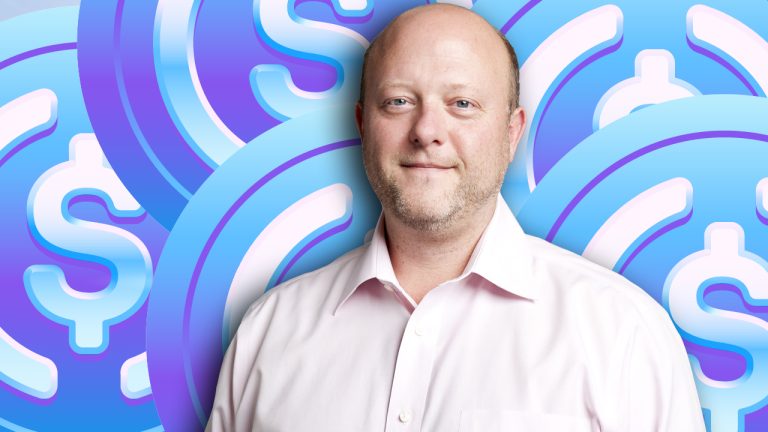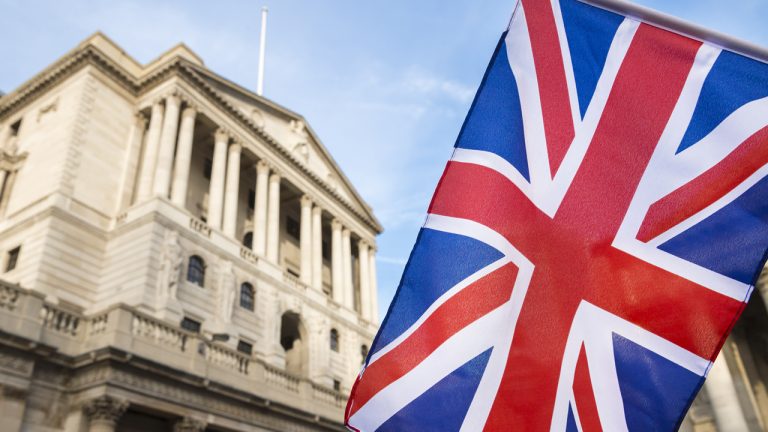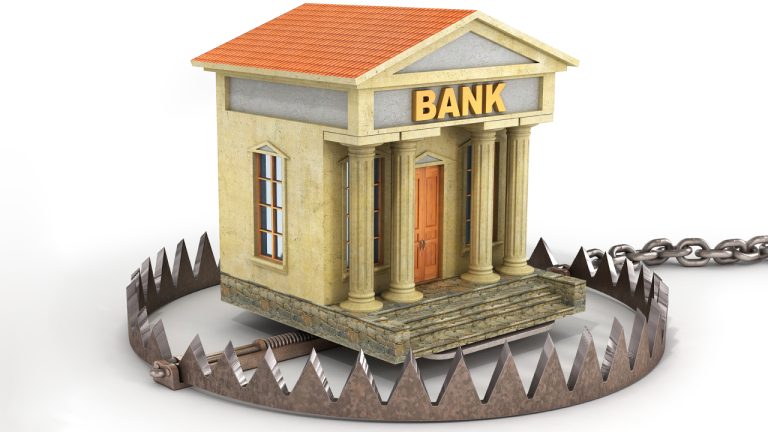
Billionaire Bill Ackman said that SVB’s senior management made a “basic mistake” but should be fired.
Billionaire Bill Ackman has urged the United States government to “guarantee” all deposits held by Silicon Valley Bank (SVB) within the next “48 hours,” or it risks the “destruction” of many financial institutions.
In a Mar. 11 tweet, Bill Ackman, CEO of hedge fund management firm Pershing Square, said a “giant sucking sound" will be heard from the ”withdrawal of substantially all uninsured deposits,” from all banks, besides the “systemically important banks (SIBs),” should the government fail to “guarantee all” of SVB’s deposits before the “open on Monday.”
Ackman suggested that this would be the result of "the world" realizing what an uninsured deposit is – “an unsecured illiquid claim on a failed bank.”
He warned that these withdrawals will “drain liquidity,” from community, regional and other banks and “begin the destruction” of these crucial institutions, if the U.S. government fails to protect “all depositors.”
Ackman said that the only other way to prevent this from happening, was in the “unlikely” event that major financial institutions such as JPMorgan, Citibank or Bank of America, acquire SVB before Monday.
It was argued by Ackman that this could have been “avoided” if the U.S. government had “stepped in on Friday” to guarantee SVB’s deposits, adding that the long-standing bank’s “franchise value” could have been safeguarded and "transferred" to a new owner in return for an “equity injection.”
Ackman suggested that SVB’s senior management “made a basic mistake” but should be fired. He noted:
“They invested short-term deposits in longer-term, fixed-rate assets. Thereafter short-term rates went up and a bank run ensued. Senior management screwed up and they should lose their jobs.”
After conducting a “back-of-the-envelope review” of SVB’s balance sheet, Ackman believes that even “in a liquidation,” depositors “should eventually” get back approximately “98% of their deposits”.
However, he argued that “eventually” is “too long” when you have “payroll to meet next week.”
Ackman tweeted shortly after, reiterating that the Federal Deposit Insurance Corporation (FDIC) should guarantee all SVB bank deposits by Sunday night, along with a proposed plan.
What should the FDIC do? @FDICgov to guarantee all bank deposits by Sunday night before Asia open and call a time out. Run a process to recapitalize @SVB_Financial while managing liquidation of UST and MBS portfolios to be reinvested in short term UST. Determine the capital hole… https://t.co/g96k1b7soy
— Bill Ackman (@BillAckman) March 11, 2023
Related: Silicon Valley Bank failure could trigger run on U.S. regional banks
This comes after Bob Elliot, CEO of investment firm Unlimited, said that the Federal Reserve and FDIC decisions regarding the future of SVB may affect regional banks across the United States, putting trillions of dollars at risk of a bank run.
Elliot stated that nearly a third of deposits in the United States are held in small banks, with 50% of those deposits being insured.
















